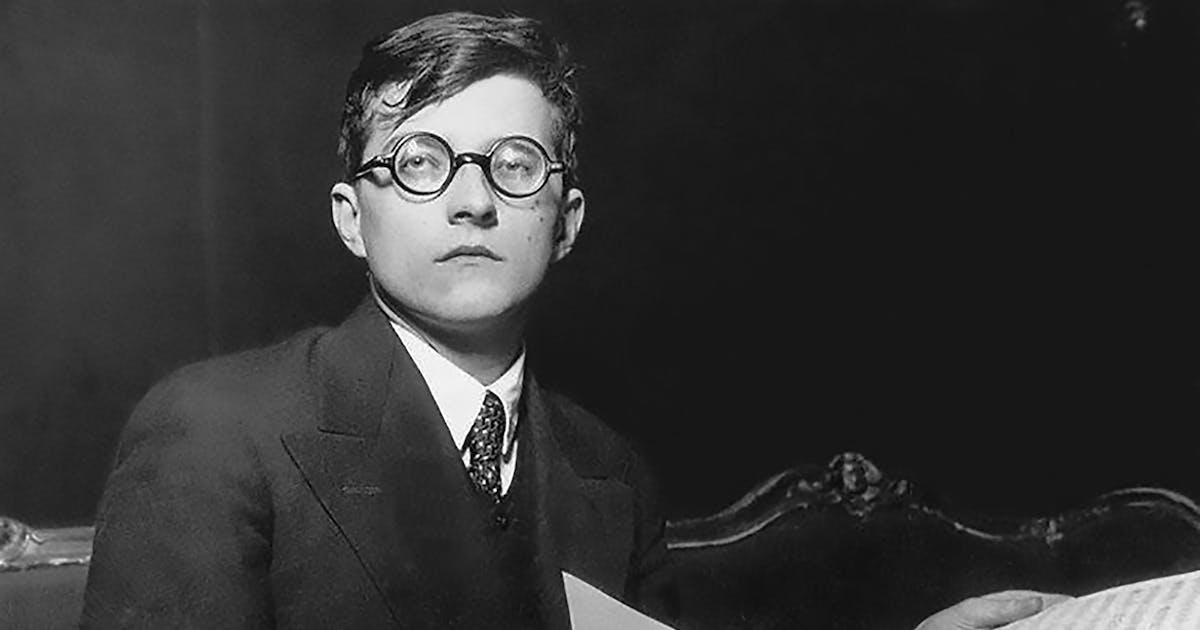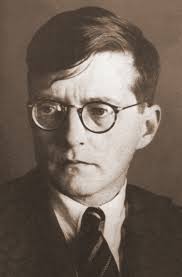Dmitri Shostakovich was a prominent Russian composer of the 20th century, known for his powerful and emotionally charged music. Born on September 25, 1906, in St. Petersburg (then known as Petrograd), Shostakovich displayed exceptional musical talent from a young age.
Shostakovich’s early life was marked by both personal and political challenges. He grew up in a tumultuous period in Russian history, witnessing the Russian Revolution of 1917 and the subsequent establishment of the Soviet Union. Despite the chaotic times, Shostakovich’s passion for music flourished, and he entered the prestigious Petrograd Conservatory at the age of 13.
Under the guidance of prominent composers such as Alexander Glazunov and Nikolai Sokolov, Shostakovich quickly gained recognition for his unique compositional style. His first major success came in 1926 with his First Symphony, which showcased his talent for orchestration and melodic invention. The symphony received critical acclaim, establishing Shostakovich as a rising star in the Soviet musical scene.
However, Shostakovich’s career was not without challenges. In the 1930s, he faced increasing pressure from the Soviet government to conform to the ideals of socialist realism—a style of art that glorified the Soviet regime. Shostakovich’s music often exhibited a complex and introspective character, which clashed with the strict ideological expectations of the time. As a result, he experienced both periods of praise and periods of severe criticism.
The year 1936 proved to be a turning point in Shostakovich’s life. His opera “Lady Macbeth of the Mtsensk District” premiered to great acclaim initially, but it soon fell victim to a scathing review in Pravda, a Soviet newspaper known for its influence. The review, widely believed to have been written under Stalin’s orders, condemned the opera as “muddle instead of music.” This event had a profound impact on Shostakovich, who feared for his life and artistic freedom.
In the following years, Shostakovich adopted a more cautious approach to composition, incorporating elements of folk music and tonal simplicity into his works. Despite this, he continued to express his true artistic voice through veiled symbolism and subversive undertones. Some of his most notable compositions from this period include his Fifth Symphony (1937), which was seen as a response to the criticism he faced, and his Seventh Symphony (1941), dedicated to the suffering of the Soviet people during World War II.
Shostakovich’s relationship with the Soviet government remained complex throughout his life. While he faced periods of persecution and artistic suppression, he also received accolades and honors, including being named a People’s Artist of the USSR in 1954. Despite the challenges, he continued to compose prolifically, creating a diverse body of work that encompassed symphonies, chamber music, concertos, operas, and film scores.
Shostakovich’s music is characterized by its emotional intensity, harmonic innovation, and dramatic power. His compositions often reflected the turbulent times in which he lived, exploring themes of suffering, oppression, and resilience. Shostakovich’s works, such as his string quartets and the monumental Symphony No. 10, have been hailed as masterpieces of 20th-century music.
Dmitri Shostakovich passed away on August 9, 1975, leaving behind a lasting legacy as one of the most influential composers of his era. His music continues to captivate audiences worldwide, with its profound depth and ability to evoke a range of emotions. Shostakovich’s unwavering commitment to his art and his courage in navigating the complexities of Soviet society make him an enduring figure in the history of classical music.


Comments are closed